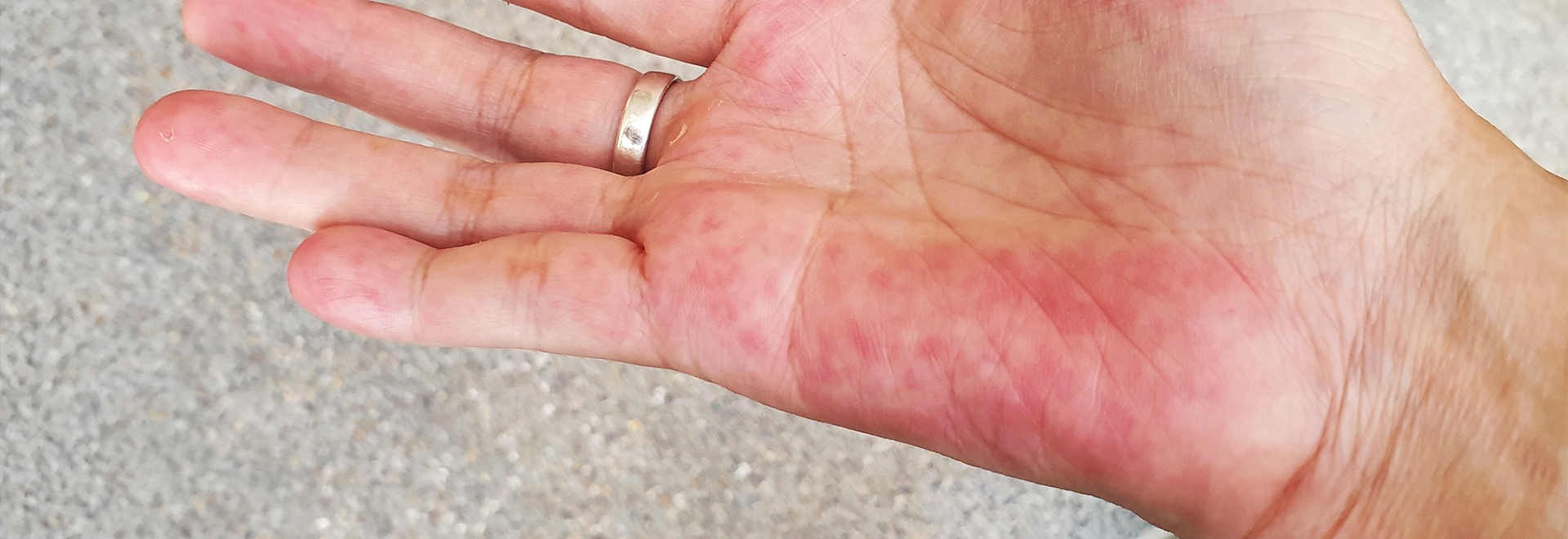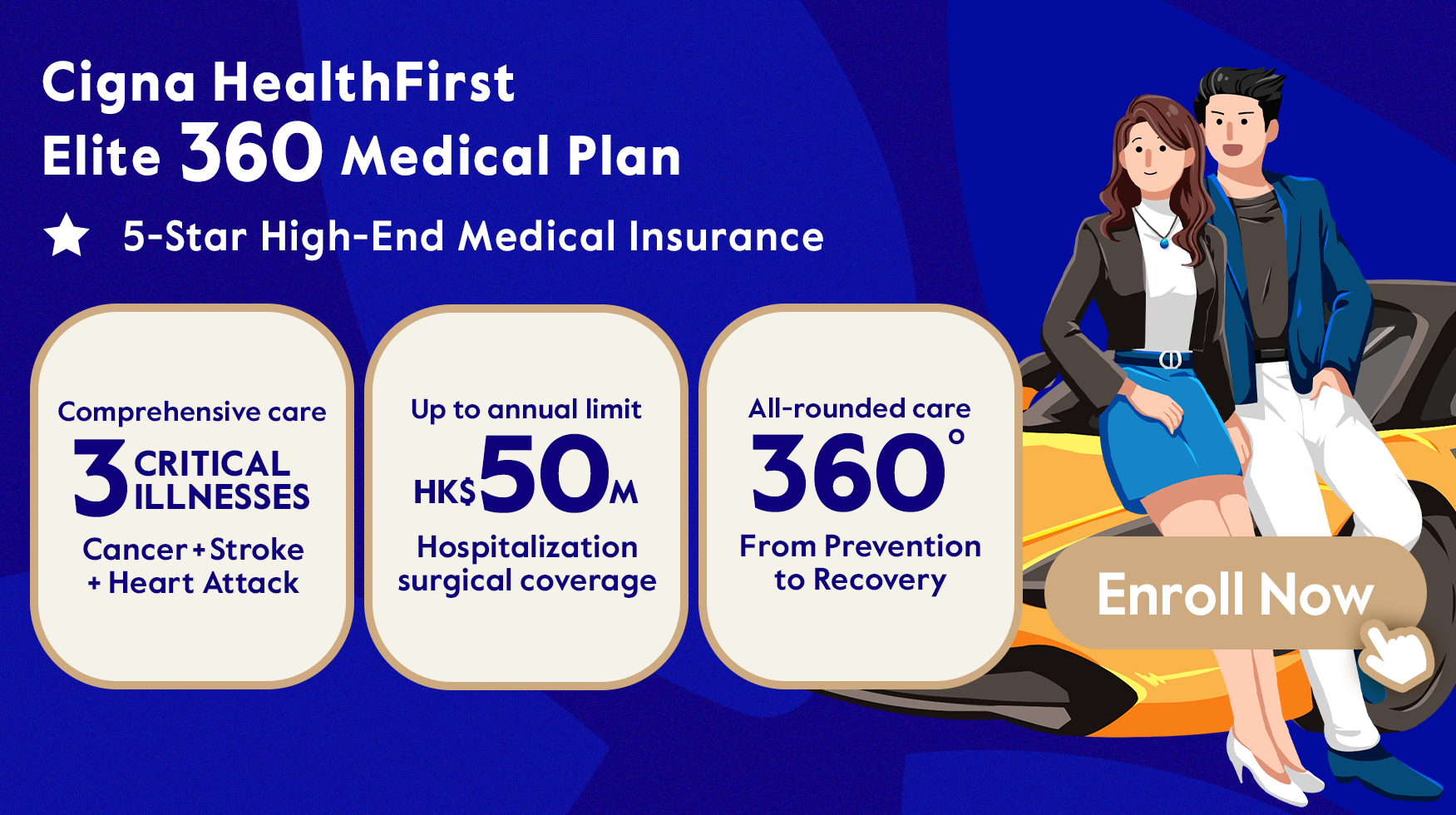Facial rashes that resemble the wings of a butterfly unfolding across both cheeks are the most distinctive sign of lupus; it occurs in many but not all cases of the disease. The seriousness of lupus extends way farther than skin rashes. It can cause damages to the patients’ each and every tissue and organ.
In Hong Kong, Systemic lupus erythematosus (SLE), the most common type of lupus, has an estimated prevalence of 6.7 per 100,000 population, with an annual incidence of 0.1%. While the vast majority of the affected is composed of women of childbearing ages (15 - 45), merely one-tenth are men.
What exactly is SLE? What causes the disease? What are the symptoms? What are the treatments, and more importantly, is there a cure?
What is Systemic Lupus Erythematosus?
Systemic lupus erythematosus (SLE) is an autoimmune disease in which the person’s immune system attacks his/her own tissues and organs, causing inflammation of not only skins but other organs including joints, skin, kidneys, lungs, blood cells, even brain and heart. In serious cases, inflammation can lead to organ failures that threaten a patient's life.
Symptoms of Systemic Lupus Erythematosus
No two cases of lupus are identical. People with SLE may experience a variety of symptoms, depending on which body systems are being affected. Symptoms could come upon suddenly or develop slowly, could be mild or severe, and could be temporary or unceasing.
Mild symptoms of systemic lupus erythematosus include :
- Fatigue
- Fever
- Joint pain, stiffness and swelling
- Rashes:
- Butterfly-shaped rash that covers the cheeks and bridge of the nose
- Or rashes elsewhere on the body
- Weight loss
- Shortness of breath
- Nausea
- Chest pain
- Dry eyes
Severe symptoms of systemic lupus erythematosus include:
- Oral ulcers
- Arthritis
- Hair loss
- Fingers and toes that turn white or blue when exposed to cold or during stressful periods
- Severe headaches
- Seizures
- Decline in cognitive ability:
- Confusion
- Memory loss
- Psychosis
Systemic Lupus Erythematosus Mortality
As illustrated above, SLE not only affects patients’ skins and joints, but also vital organs, causing complications such as inflammations in kidneys, lungs, and heart muscles. In the 1950s, SLE had a mortality rate as high as 50%.
Benefiting from the advancements in medical technology, there has been better knowledge about the disease; treatments and medications are more effective in diminishing the impact and prolonging patients’ life expectancy. Today, 85% of people with SLE can live up to 15 years.
Causes of Systemic Lupus Erythematosus
SLE is an autoimmune disease, which occurs when the immune system attacks healthy tissue in the body. While the actual causes are unknown, research suggests that SLE results from a combination of genetic, hormonal, medical, and environmental factors.
|
10% - 15% of SLE people with SLE have a family history of the disease. |
|
|
Hormonal |
SLE affects women up to nine times more frequently than men and usually manifests during the childbearing years. Symptoms are also prone to worsen during pregnancy, and fade when patients go through menopause. |
|
Medical |
SLE can be triggered by certain types of blood pressure medications, anti-seizure medications and antibiotics. |
|
Environmental |
Exposure to sunlight or chemical substances, bacterial or viral infection, and smoking are associated with an increased risk of SLE. |
How is Systemic Lupus Erythematosus Diagnosed?
The wide variety of symptoms makes diagnosing SLE difficult. The diagnosis requires a combination of laboratory and imaging tests, along with a biopsy.
|
Laboratory tests |
Complete blood count may indicate anemia, which is common in lupus. SLE patients also have a low white blood cell or platelet count. Kidney and liver assessment from blood test results reveals how well kidneys and liver are functioning as SLE can affect these organs. Urinalysis may show an increased protein level or red blood cells in the urine, which are the symptoms when SLE is affecting kidneys. Antinuclear antibody (ANA) test that examines the presence of these antibodies. Produced by the immune system, APA signifies a stimulated immune system. Yet, while most people with lupus have a positive ANA test, people with a positive ANA do not necessarily have lupus. |
|
Imaging tests |
Chest X-ray may reveal abnormal shadows that hint fluid or inflammation in lungs. Echocardiogram analyses heart beat, valves and other portions of a heart. |
|
Biopsy |
Small samples of kidney tissue may be abstracted to help with the diagnosis as SLE can cause different types of damage to kidneys. Skin biopsy is sometimes performed to determine if rashes are resulted from SLE affecting the skin. |
Treatments of Systemic Lupus Erythematosus
Although there is no cure for SLE at the moment, medical interventions and lifestyle changes can help control it. Treatments and medications for SLE vary depending on the organs affected and their severity. Alleviating the symptoms can minimise the physical tolls on the patients’ bodies, and at the same time reduce the mental burden caused by the disease by helping patients maintain a normal lifestyle.
People with SLE should also be mindful in their daily lives. Balanced diets, regular sleeping habits, less exposure to sunlight, and avoiding burnout can all contribute to managing the conditions. In some cases, physiotherapy is suggested to relieve the pain from SLE-induced arthritis.
Cigna HealthFirst Elite 360 Medical Plan offers comprehensive and personalized medical coverage across the stage prevention, diagnosis, treatment and recovery, with a range of hospital and surgical benefits, optional insurance benefits with an annual limit of up to HK$50 million, personalized health assessment, three critical illnesses(cancer, stroke and heart attack) all-rounded care and international medical concierge service. A 360-degree total health protection that spans across all the key stages of your health journey. Learn more here.


